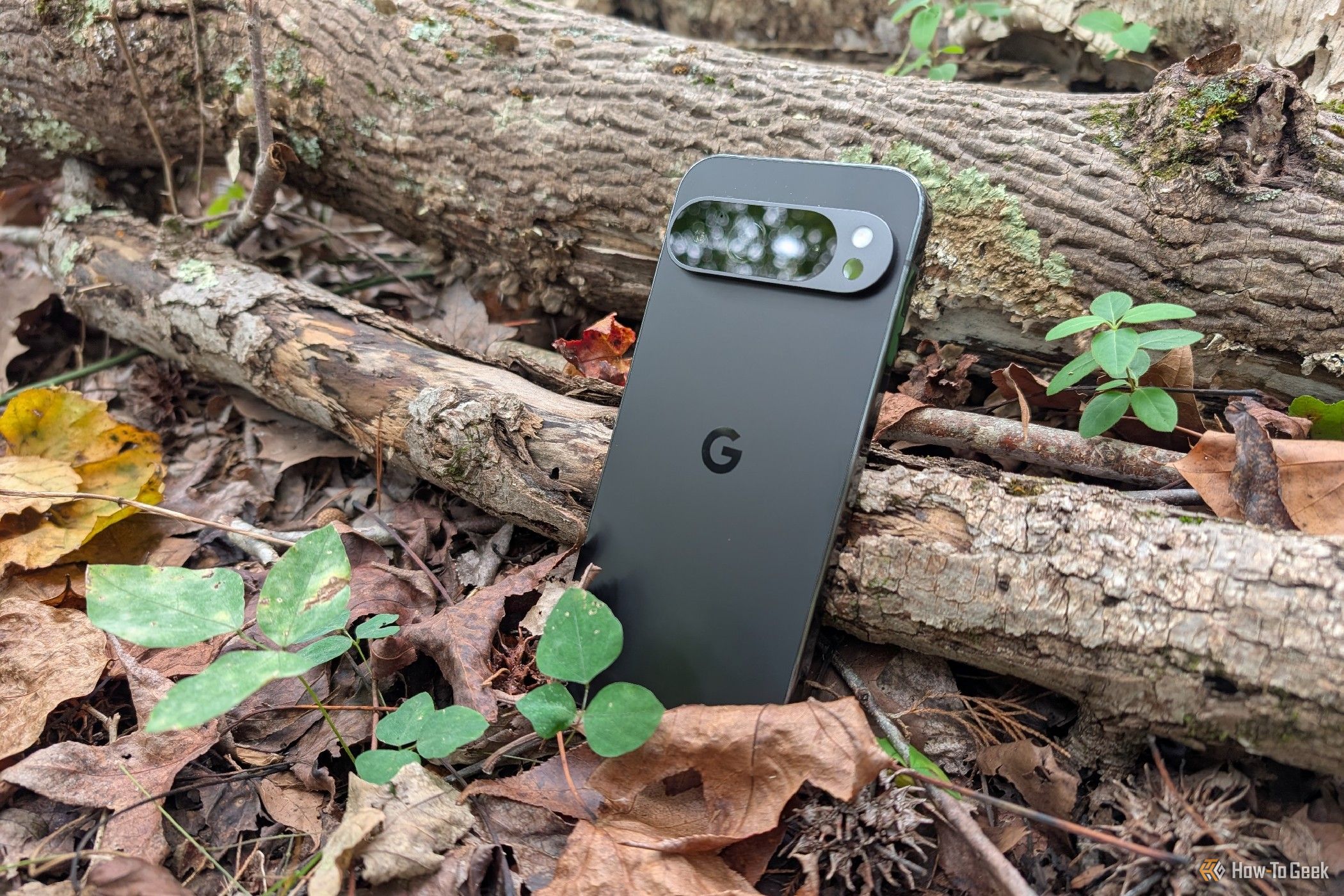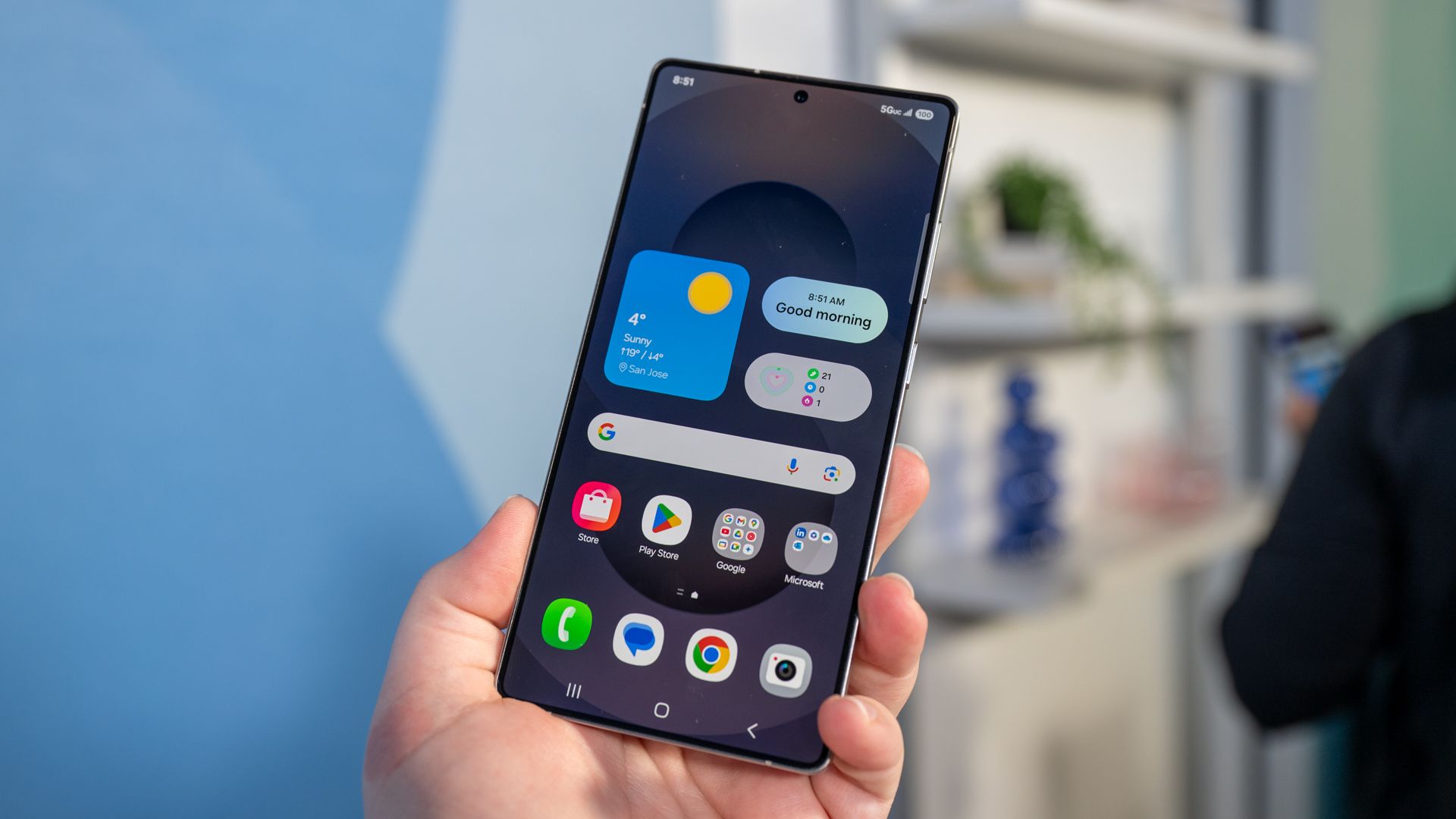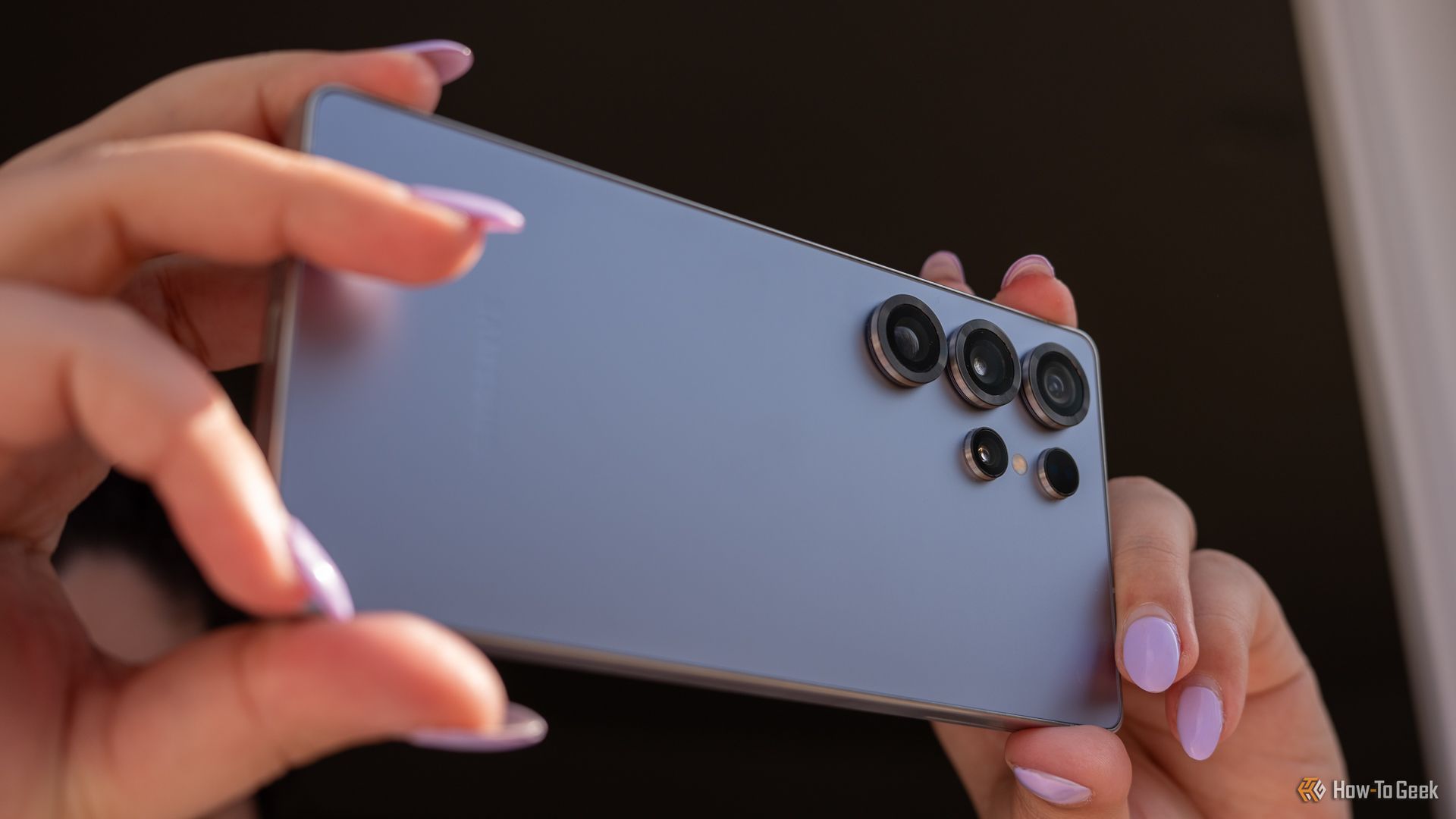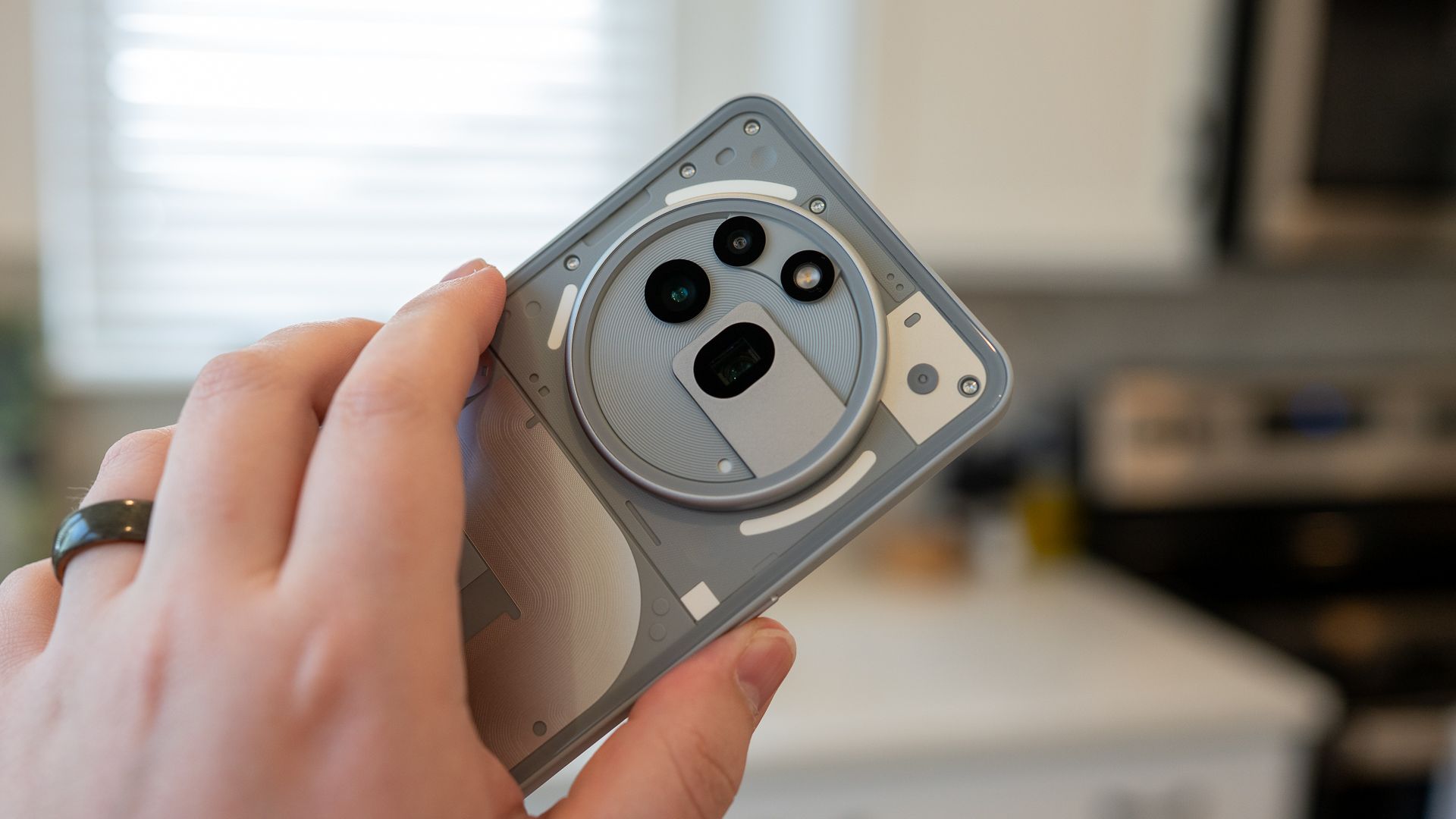Summary
- Ultra and Pro phones offer better cameras, larger displays, and extra features, but their performance gains over regular models are modest.
- They are significantly bigger and heavier, making them less practical for one-handed use and less appealing to fans of compact devices.
- Despite their high price, they don’t necessarily last longer, with battery degradation and software support timelines similar to standard models.
Flagship Android phones come in at least two variants. There’s the basic model, aimed at the average buyer, and then there’s the all-singing, all-dancing, Ultra or Pro variant that represents the best the manufacturer can offer. But is it worth spending over $1000 on one of these phones?
They Have Slightly Better Specs
Ultra and Pro phones tend to have slightly better specs than the regular models. The most obvious improvement, and biggest selling point, is the camera setup, where you’ll often get an extra lens and better sensors.
Although the processor is typically the same, you can buy an Ultra phone in a variant with more RAM and storage. The Galaxy S25 Ultra and Pixel 9 Pro can be upgraded to 16GB and 1TB, respectively. However, you have to pay for this: the base models in both cases start with the same memory and drive space as the standard models.
The specs are pushed up a notch in many other areas, too. The devices might have larger and higher resolution displays, improved sound, and better build quality using titanium rather than aluminum. You might also get some neat extras, like the S Pen in the Galaxy S Ultra series, although Samsung has significantly downgraded that on the latest models.
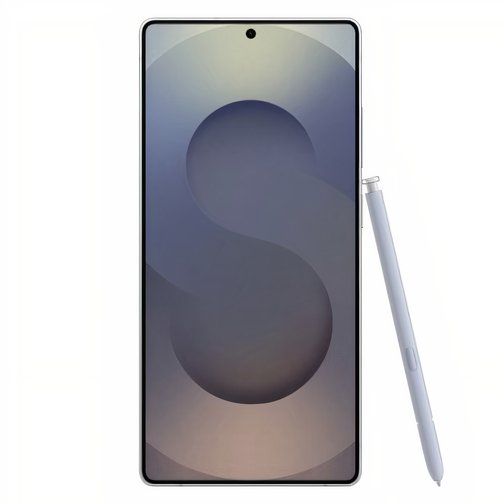
Samsung Galaxy S25 Ultra
The Samsung Galaxy S25 Ultra is a top-of-the-line smartphone with a 6.9-inch QHD+ Dynamic AMOLED 2X display and a 120Hz refresh rate. It boasts the Snapdragon 8 Elite processor, 12GB of RAM, and a 5,000mAh battery with 45W Super Fast Charging 2.0.
But Performance Isn’t That Much Better
Despite the better specs, the performance won’t be all that different. The benchmark tests published by GSMArena show that the Galaxy S25 Ultra performs a little better than the Galaxy S25 in some ways and a little worse in others.
A bigger size and improved internal layout means that the larger phones are likely to be better for tasks that need sustained processor performance, such as gaming or shooting 4K video. Their designs mean they dissipate heat more effectively, so the processor can run at full speed for longer. However, these benefits can also be seen in other large, non-Ultra phones, like the OnePlus 13.
It’s also important to say that a Pro model isn’t a guarantee that you get the best performance anyway. There are vast differences between manufacturers. The Pixel 9 Pro, for example, is considerably less powerful than a basic flagship from Samsung, OnePlus, and many Chinese manufacturers.
They’re a Lot Bigger and Heavier
As we’ve discussed, Ultra and Pro phones usually mean bigger. Much bigger. You’re typically looking at a 6.7-inch display. That turns the phone from one-handed to two-handed use. Perhaps an even more noticeable difference is that the bigger phones are significantly heavier. They’re not right for everyone.
Google is a rarity in that it offers a Pro model at a regular size. The Pixel 9 Pro has a 6.3-inch display and the company also offers a Pixel 9 Pro XL, the larger model. The differences between the two Pro devices are negligible, so you don’t get any additional benefits from upsizing. The battery is larger, but any benefits there are canceled out by the bigger display.
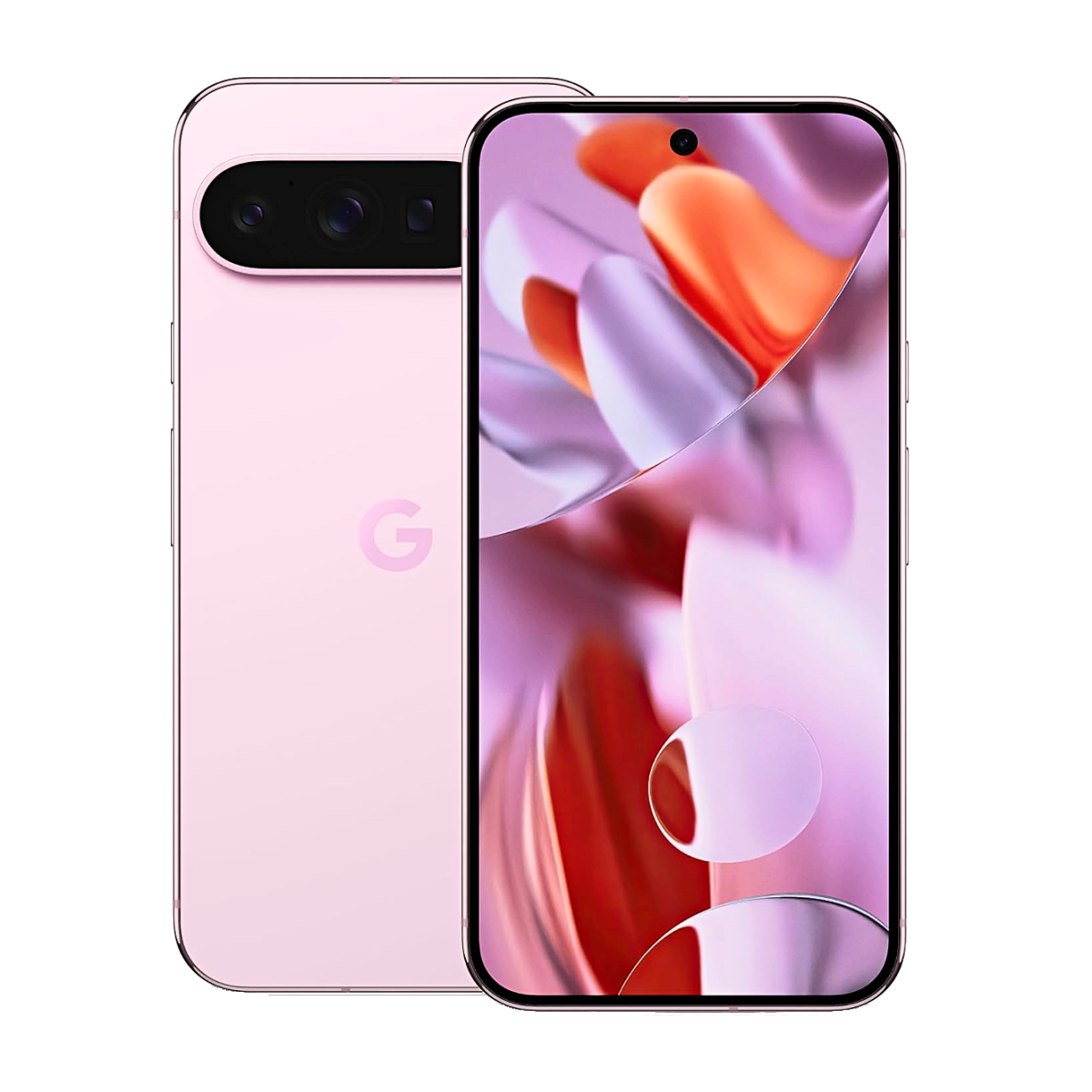
Google Pixel 9 Pro XL
$749 $1099 Save
$350
The Google Pixel 9 Pro XL offers an expansive 6.8-inch Super Actua display, combined with the powerful Tensor G4 processor and 16 GB of RAM for top-tier AI performance and advanced photography. It features Google’s most advanced camera system, including a pro triple rear camera and a 42 MP front camera, all within a sleek design starting at $1,099.
The Added Size Means a Better Camera and Battery
The biggest benefit of the larger size comes from the improved camera setup. In the case of the S25 Ultra, the main sensor is larger with a higher resolution. Most Ultra devices give you an extra camera as well—a zoom lens that has a longer telephoto range—plus extra features like a macro mode.
Video performance will be better, as the superior heat management on the larger devices lets you shoot at a higher resolution or frame rate for longer without any performance hit.
New camera technology usually debuts in Ultra phones, and takes several generations before it filters down into the more affordable model. If you want the most cutting-edge camera features, then the Ultra or Pro devices are the ones to look at.
One other benefit: the battery will be around 20% larger. However, the actual performance is offset by the larger display, so the real-world difference might not be all that great.
Ultra Phones Are the Best of the Best
Ultra and Pro phones represent the best of the best in their respective ranges. If you want the best phone on the market right now, then the Galaxy S25 Ultra is probably the one to go for.
Pro models are increasingly becoming a part of the mid-range as well, although the distinctions are less than they are at the flagship end. For example, the difference between the Nothing (3a) and the Nothing (3a) Pro amounts to the presence of a zoom lens on the latter. The size and other specs are exactly the same.
This is also true of the budget CMF Phone 2 and the CMF Phone 2 Pro, two large-screened phones where the Pro has a zoom lens.
They’re Expensive and Won’t You Last Much Longer
Ultra and Pro phones are more expensive, and you’ll struggle to find one under $1000. Yet the price doesn’t mean it will last you much longer than a regular phone.
If you buy one with more RAM and storage, it might gain you an extra year or so before these factors become a limitation. However, the battery will still degrade at the same rate, and the operating system upgrade policy is the same. Don’t assume your phone will last you a full seven years.
Ultra and Pro phones are better than the base models. They usually have better build quality, nicer displays, and the latest tech in terms of cameras. But that’s offset by a high price and a significantly increased size—as a fan of more compact devices, the weight, in particular, is the dealbreaker for me.


